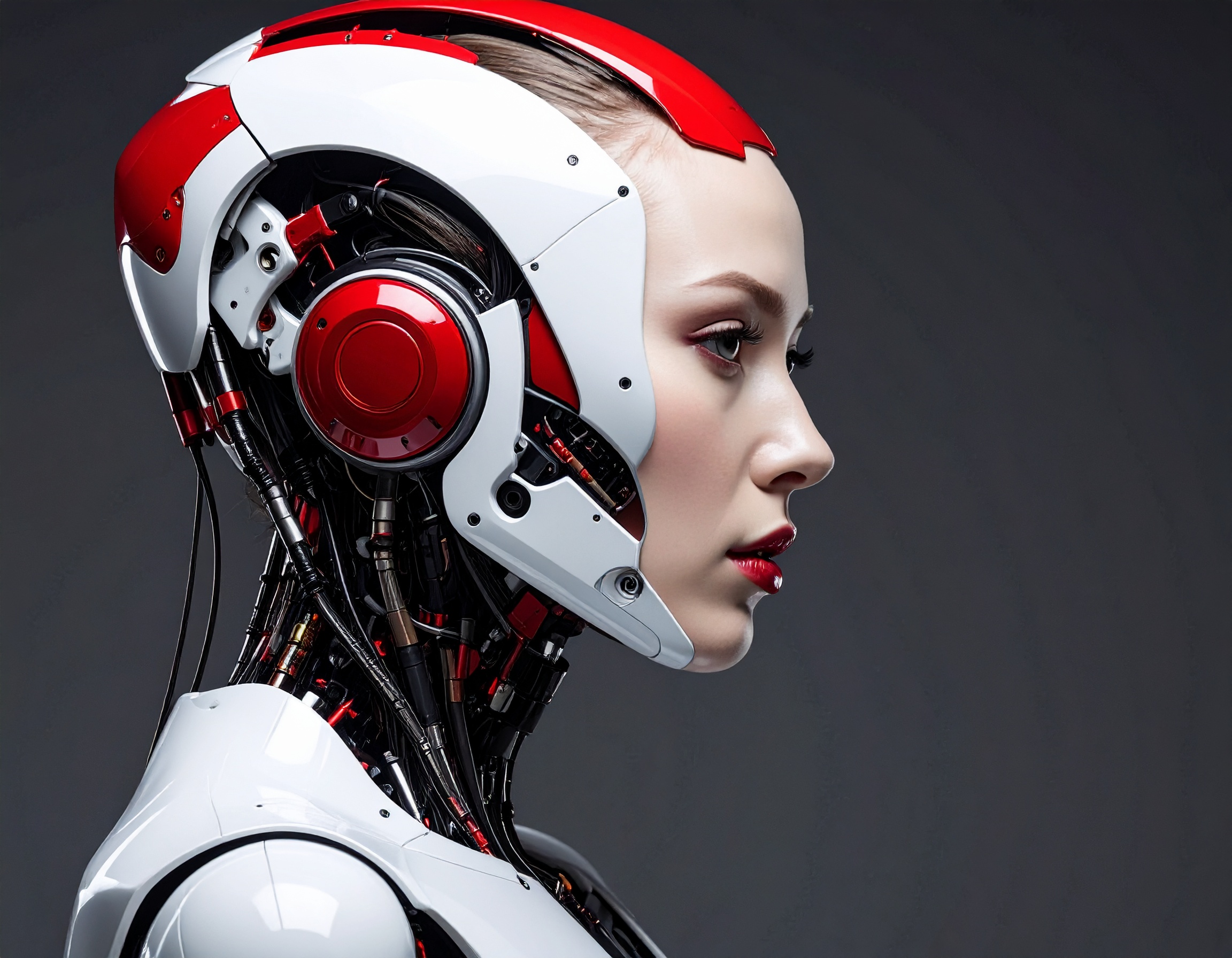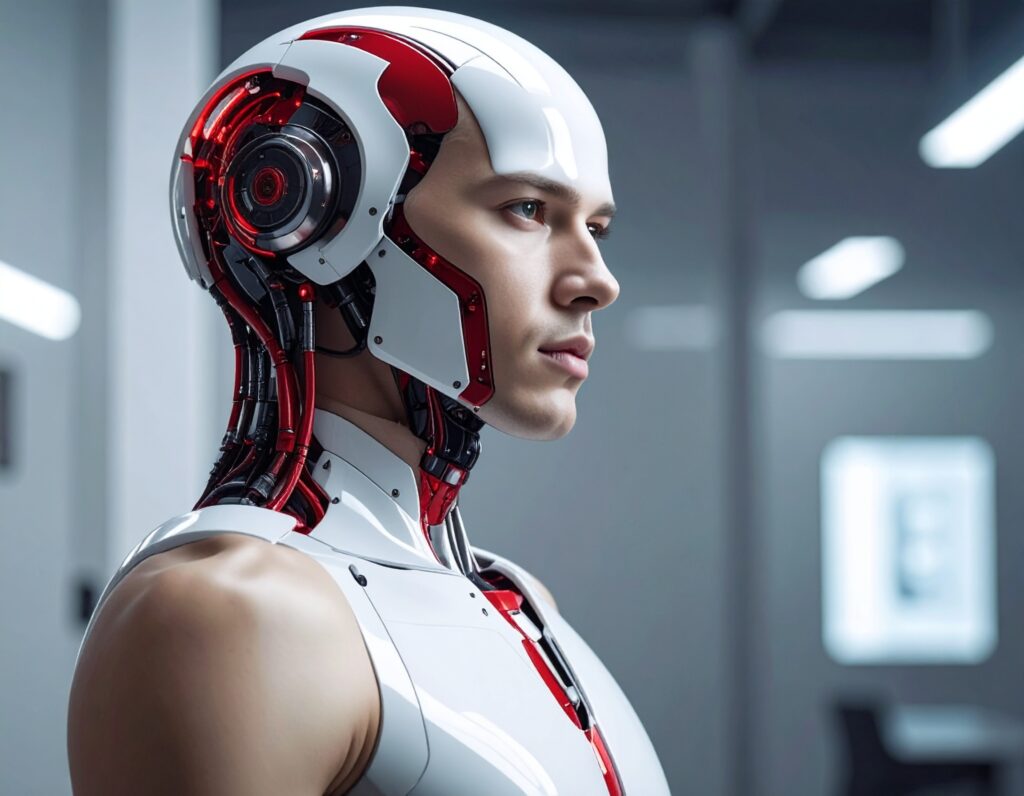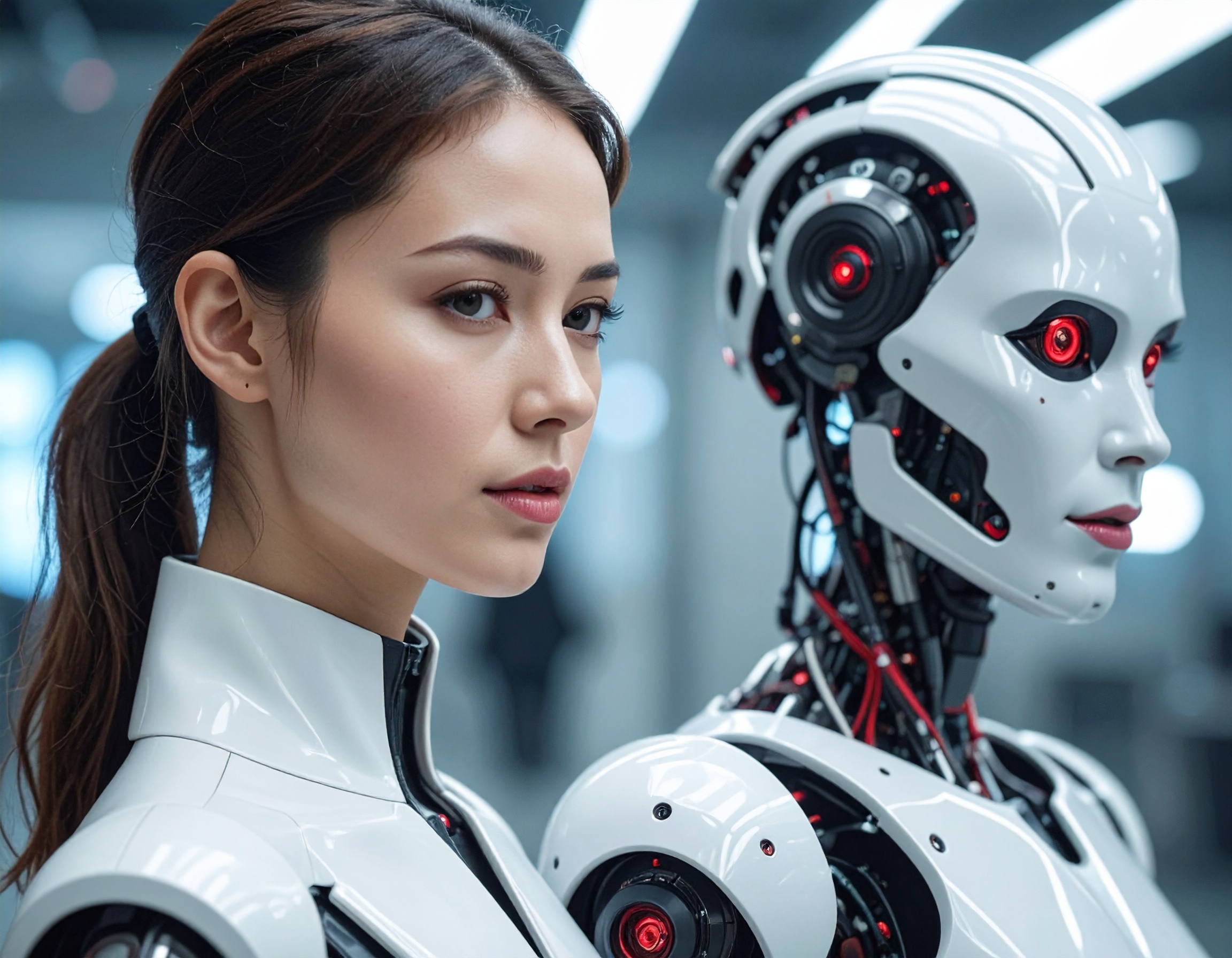Autonomous Wheels in Okinawa: How Non-Human Workers Are Driving Vehicle Logistics Into the Future

Demonstration Launch in Okinawa
On October, Mitsubishi Heavy Industries Machinery Systems (MHI-MS) announced that beginning December 1 the company will conduct demonstration testing of vehicle transport robots at Nakagusuku Port in Uruma, Okinawa Prefecture. The project is part of Okinawa Prefecture’s “Testbed Support Subsidy Program,” which supports companies deploying innovative digital and robotic technologies.
These robot systems—essentially non-human workers—are designed to autonomously move finished vehicles (both new and used) within storage yards, without requiring the vehicles themselves to have built-in autonomous features.
What the System Does & Why It Matters
The transport robots will operate in the motor pool at Nakagusuku Port where used and rental cars are stored prior to shipping, a site that also faces harsh outdoor working conditions and labour-shortage challenges due to demographic shifts. By introducing these “AI employees” or automated vehicles, MHI-MS hopes to:
- reduce the physical burden on human workers in tough environmental conditions.
- help address labour shortages resulting from an aging population and declining birth-rate in Japan.
- curb CO₂ emissions by minimizing the need for gasoline-powered vehicles to move cars around yards.
- apply “human-centred robot utilisation” and logistics digitalisation (DX) to support smoother operations of the yard.
In short, the initiative isn’t just about automating movement of vehicles—it’s about integrating non-human workers into a traditionally labour-intensive process, while addressing environmental and workforce sustainability.

Technology & Market Context
Since 2021, MHI-MS has been jointly developing vehicle transport robot systems in collaboration with the French venture Stanley Robotics. As of October 2025, seven core patents have been registered in Japan for the automated transport robots. A domestically developed, customizable system tailored for Japanese conditions was completed earlier in March 2025.
Given Okinawa’s high rate of private-car ownership, extensive used-car market and rental car turnover, the site is well-positioned for such a pilot.
Ultimately, systems like these could mark a shift from human-driven yard logistics to fleets of “AI employees” or robotic vehicles handling much of the transport and storage work.
Looking Ahead
This demonstration is significant because it illustrates how non-human workers—robotic transport systems—are beginning to move from controlled factory settings into more open, real-world logistics environments. If successful, it could pave the way for broader adoption of voice-less, automated yard operations, and spawn ecosystems where Voice AI Agents and other intelligent systems coordinate with mobile robots. Because this pilot also aligns with decarbonisation goals and labour-management challenges, the relevance extends beyond Okinawa and into global trends of logistics automation.
Key Highlights:
- MHI-MS will begin demonstration testing December 1, 2025 at Nakagusuku Port in Okinawa.
- The system uses vehicle transport robots that don’t require vehicles to be autonomous.
- Purpose: ease worker burden in harsh outdoor conditions, mitigate labour-shortage, reduce CO₂ emissions.
- Developed in partnership with Stanley Robotics since 2021; seven core patents filed by October 2025.
- Pilot located in an area with high used-car turnover and rental car activity, making it a relevant real-world testbed.
Reference:


